As the world evolves, so do consumer habits, especially among the younger generations. Millennials and Gen Z are known for their distinct preferences, often driven by a desire for convenience, eco-consciousness, and digital connectivity. This generational shift is causing certain products to fade into obscurity as young people turn to more modern alternatives. From traditional landline phones to fine china, these items are losing their charm and practicality. In a world where sustainability and technology reign supreme, join us as we explore 15 products that are gradually vanishing from the shelves because younger individuals simply aren’t purchasing them.
Bar Soap
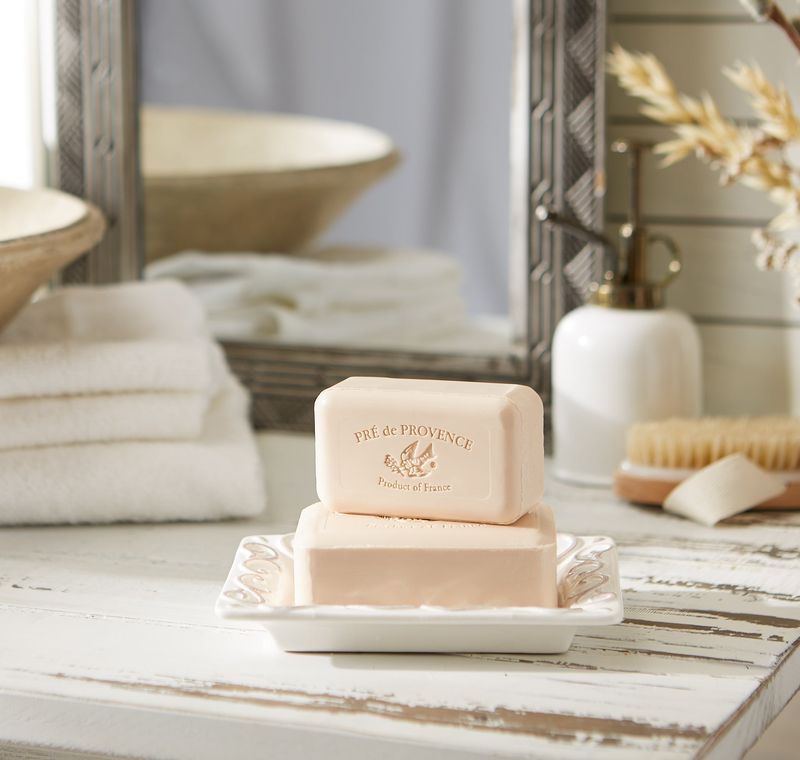
Remember the days when bar soap was a staple in every bathroom? Those days are slowly fading away. Younger generations have a preference for liquid body washes and gels, often selecting products with eco-friendly packaging or organic ingredients. Bar soap, once a symbol of cleanliness, now seems outdated and less hygienic by comparison. This shift in preference is driving bar soap off the shelves. Younger consumers are seeking out products that align with their values and lifestyles, leaving traditional bar soaps behind. The appeal of a fresh, modern scent in an aesthetically pleasing bottle is hard to resist.
Fabric Softener
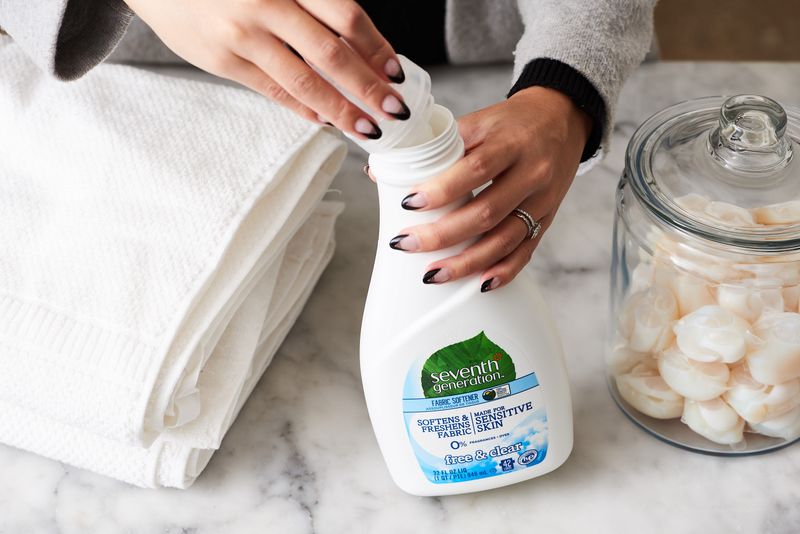
Once considered an essential part of the laundry process, fabric softener is now often skipped. Many young people view it as unnecessary, expensive, or even harmful to both clothing and the environment. Opting for simpler laundry routines, they prefer eco-friendly detergents that leave clothes soft without added chemicals. The sleek, minimalist packaging of modern detergents also appeals to their aesthetic sense. Fabric softener, with its overpowering fragrances, often feels out of place. As environmental awareness grows, so does the inclination to skip this once-common product, making it slowly vanish from shopping lists.
Cable TV Subscriptions
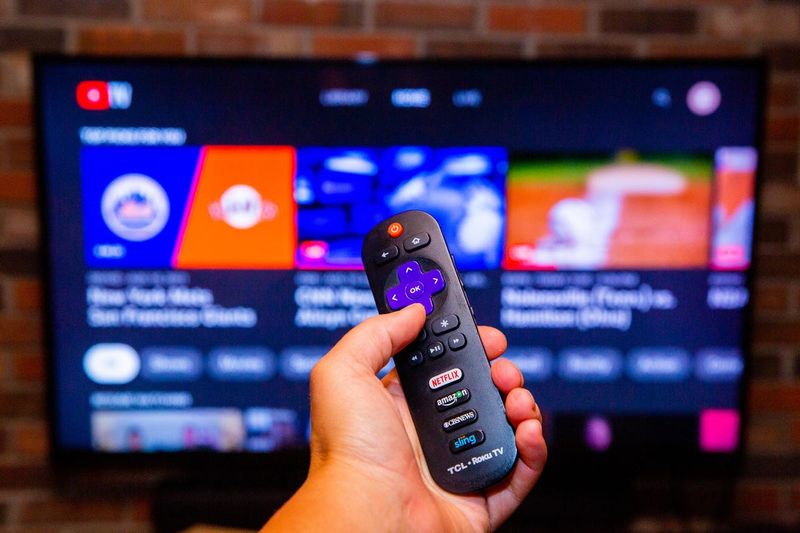
Gone are the days of flipping through countless cable channels. Streaming services like Netflix and Hulu have revolutionized how young people consume media. Offering flexible, ad-free entertainment on demand, these platforms cater to the fast-paced, digital lifestyles of Millennials and Gen Z. Traditional cable is seen as rigid and outdated, unable to keep up with the customization and variety of streaming options. The convenience of watching on multiple devices only adds to the allure. As a result, cable TV subscriptions are rapidly declining, replaced by a more modern and personalized viewing experience.
Landline Phones
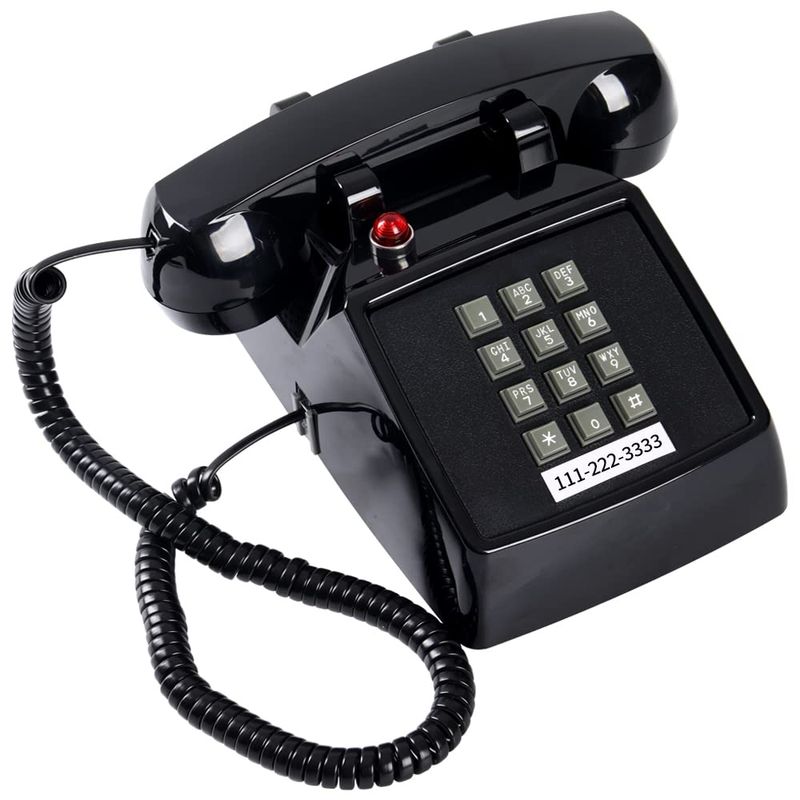
For many young adults, a landline phone is a relic of the past. With mobile phones offering unlimited plans, texting, and countless apps, the need for a traditional landline has all but disappeared. Mobile devices provide the flexibility and connectivity that younger generations crave. The corded phone, once a household staple, now feels cumbersome and unnecessary. As technology advances, landlines find themselves unplugged in favor of a more mobile lifestyle. This transition reflects a broader trend toward convenience and accessibility, making the landline phone a thing of bygone days.
Fine China and Silverware Sets

The days of showcasing fine china and silverware are dwindling. Once a wedding registry staple, these items are now often overlooked by young couples. Millennials and Gen Z prefer practical, minimalist kitchen tools that suit their casual entertaining style. Heirloom dishware feels too formal and burdensome to maintain. The desire for simplicity and versatility in kitchenware reflects a shift in values. As lifestyles become more fast-paced, the appeal of delicate china diminishes, replaced by durable, everyday dishes that align with modern living. Fine china is now more likely to collect dust than be used.
Cigarettes
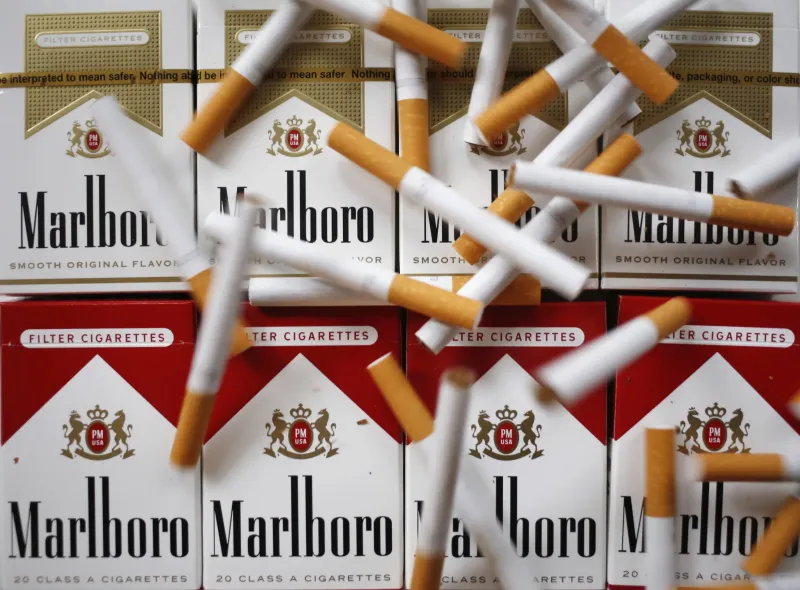
Smoking rates have plummeted among younger generations, and cigarettes are no longer the social staple they once were. Health-conscious Millennials and Gen Z are turning away from traditional smoking. Vaping and nicotine-free alternatives are more aligned with their lifestyles, promoting a cleaner image. Cigarettes, once associated with rebellion, now signify health risks and environmental concerns. The shift reflects broader health trends, as awareness of the dangers of smoking grows. With a focus on wellness and sustainability, cigarettes are being stubbed out in favor of healthier choices.
Napkins (Paper)

In many households, paper napkins have become redundant. The rise of reusable cloth napkins and the convenience of paper towels have led to their decline. Younger generations prioritize sustainability and cost-efficiency, often opting for multi-purpose products. The separate purchase of paper napkins seems unnecessary in a world focused on reducing waste. The minimalist mindset of Millennials and Gen Z embraces simplicity, and paper napkins fall short of this ideal. As dining habits evolve, the humble paper napkin is being replaced by more practical and eco-friendly options that suit a modern lifestyle.
Department Store Clothing

Department stores, once the go-to for fashion, are losing their appeal among younger shoppers. Fast fashion and online platforms dominate the scene, offering trendy items at competitive prices. The branding of traditional department stores often feels outdated, failing to resonate with style-savvy Millennials and Gen Z. The convenience of online shopping, with its vast selection and easy returns, eclipses the department store experience. As fashion trends shift rapidly, young consumers seek out places that can keep pace, leaving department stores struggling to maintain relevance.
Cereal
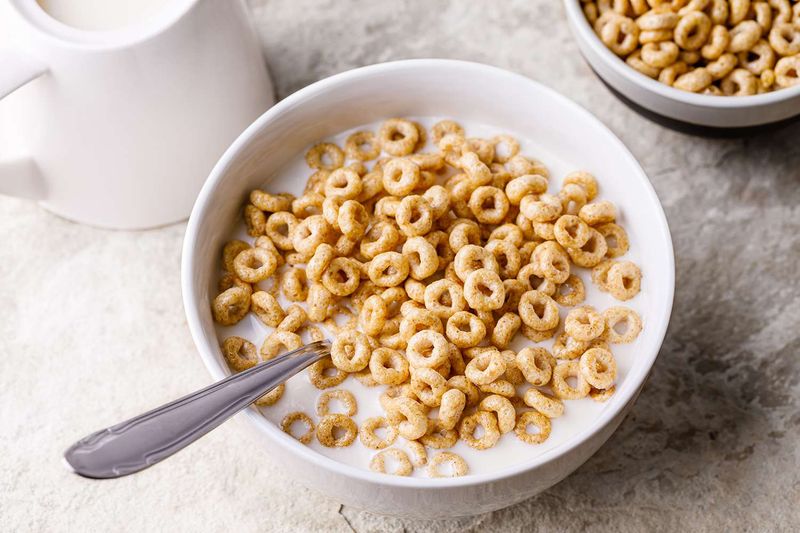
Once a breakfast staple, cereal is losing its spot on the morning menu. Health-conscious young adults are turning to quick alternatives like breakfast bars and smoothies. The high sugar content and perceived childishness of cereal are driving this change. As lifestyles become busier, the convenience of grab-and-go options appeals more than a bowl of cereal. Intermittent fasting trends also contribute, as fewer people eat traditional breakfasts. The cereal box, once a fixture in the kitchen, is now often replaced by more modern and nutritious choices that better fit a fast-paced life.
Diamonds

The allure of diamond engagement rings is waning among young couples. Ethical concerns and high costs are prompting Millennials and Gen Z to seek alternatives. Lab-grown diamonds and unique gemstones offer a more sustainable and affordable choice. The traditional diamond, once a symbol of eternal love, now feels like a costly convention. As values shift toward individuality and ethical consumption, the diamond industry faces challenges. Alternative options reflect personal stories and values, resonating with a generation that prioritizes authenticity over tradition.
Doorbells

In today’s digital age, traditional doorbells are ringing less often. Smartphones and video doorbells have taken their place, catering to tech-savvy young homeowners. With instant alerts and advanced features, these modern devices offer convenience and security. The old-fashioned chime cannot compete with the seamless integration of smart technology. As homes become smarter, the traditional doorbell is being phased out. This transition reflects a broader trend of embracing innovation and connectivity, leaving the simple doorbell struggling to keep up with modern expectations.
Golf Equipment

Golf, once a prestigious pastime, is seeing a decline in popularity among younger generations. The sport’s slow pace and exclusivity don’t align with the preferences of Millennials and Gen Z. They seek more dynamic and inclusive activities, leaving golf courses quieter. Sales of golf equipment reflect this shift, with fewer young people investing in clubs and gear. The decline is part of a broader trend where traditional leisure activities are being replaced by more engaging pursuits. As interests evolve, golf finds itself on the sidelines.
Greeting Cards

The sentimental tradition of sending greeting cards is fading as digital communication takes the lead. Younger generations prefer the immediacy of texts, memes, and voice notes. The cost and inconvenience of physical cards have led to a decline in their popularity. In a world where communication is instant, waiting for a card to arrive feels antiquated. The personal touch of a handwritten note is now often replaced by creative digital expressions. As technology continues to shape interactions, the greeting card market faces an uphill battle to stay relevant.
Processed Cheese Slices
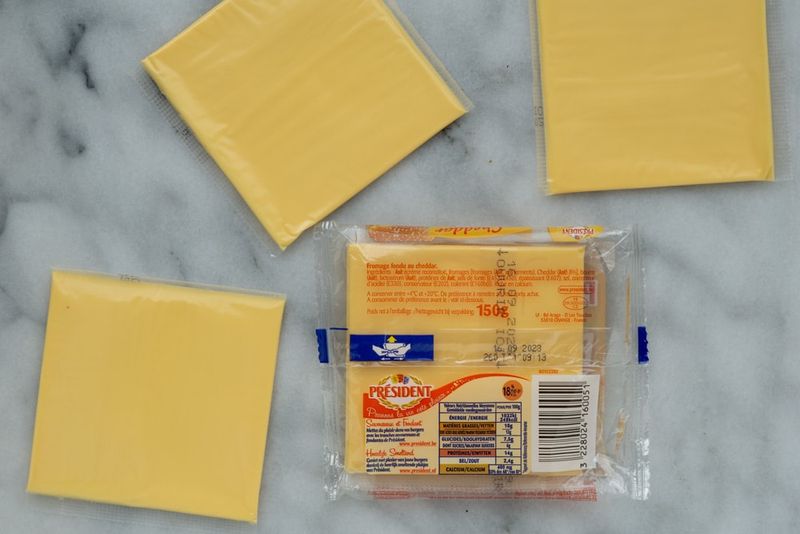
The era of processed cheese slices is dwindling as more health-conscious options take center stage. Young consumers are moving away from the artificial taste and questionable ingredients of processed cheese. Real cheese and plant-based alternatives are becoming the choices of a generation focused on wholesome nutrition. The iconic orange slice, once a staple in sandwiches, is now often left behind. With a growing awareness of food quality, the preference is for items that align with health and ethical values. As eating habits shift, processed cheese finds itself increasingly sidelined.
DVDs and Blu-rays
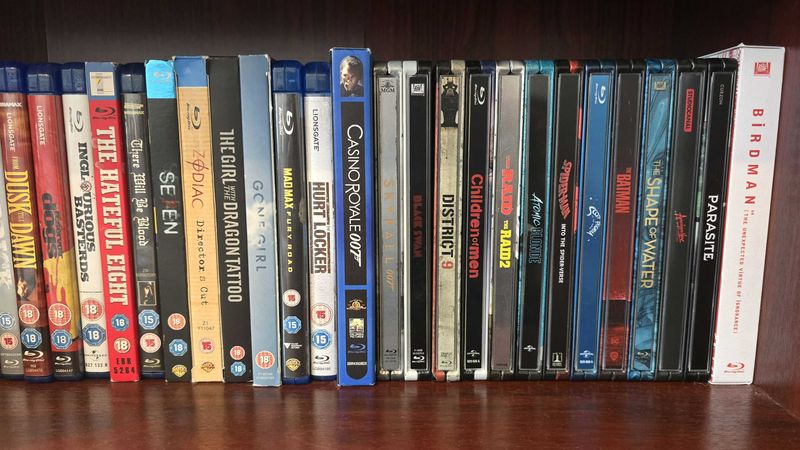
Physical media like DVDs and Blu-rays are becoming relics as streaming takes over. Young people, accustomed to digital access, rarely invest in physical copies. The convenience of streaming services, with vast libraries and instant access, has made traditional media obsolete. The expense and storage hassle of DVDs and Blu-rays don’t fit with the minimalist lifestyle that many young people embrace. As technology advances, physical media is left behind, replaced by the digital convenience that defines modern entertainment consumption.

Comments
Loading…